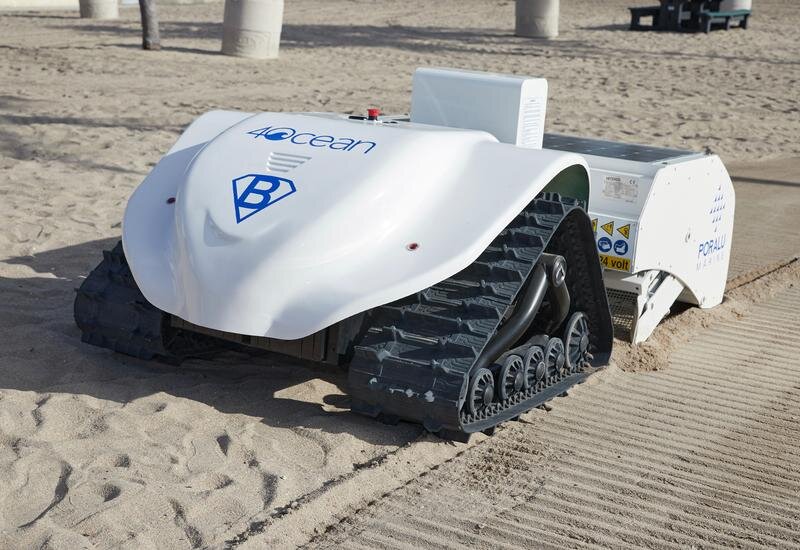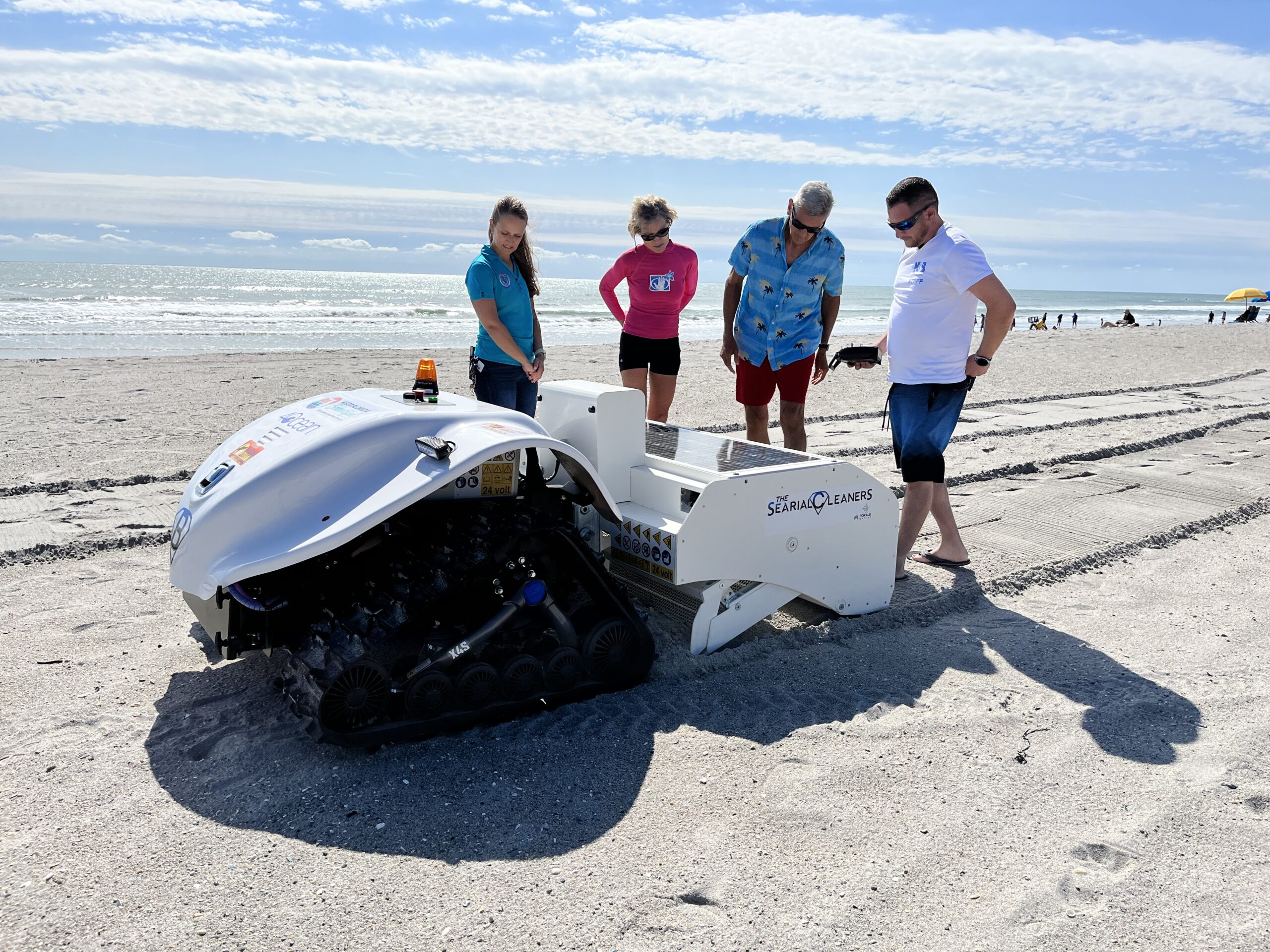A team of engineers and marine biologists has developed revolutionary tiny robots designed to tackle plastic pollution in the ocean, offering new hope for marine conservation efforts.

A New Approach to Marine Cleanup
In a groundbreaking development, a team of researchers from MIT and the Ocean Conservancy has unveiled a fleet of tiny robots specifically engineered to combat plastic pollution in the ocean. These innovative robots, known as MicroCleaners, are designed to navigate the water and collect plastic debris, offering a novel solution to one of the most pressing environmental challenges.
The MicroCleaners are equipped with advanced sensors and artificial intelligence, allowing them to identify and target plastic waste while avoiding marine life. Their small size and agile design enable them to access areas that are difficult to reach with larger cleanup equipment.
“Our goal is to create a technology that can make a real difference in reducing ocean plastic,” said Dr. Emma Wilson, lead engineer on the project. “The MicroCleaners represent a significant step forward in our efforts to protect marine ecosystems.”
How the MicroCleaners Work
The MicroCleaners operate autonomously and are programmed to follow specific paths based on data about plastic pollution hotspots. They use a combination of mechanical and suction-based methods to collect plastic debris, which is then stored in onboard compartments until the robots can be retrieved for recycling.
Image: A MicroCleaner collecting plastic waste from the ocean.
The robots are designed to be energy-efficient, powered by solar panels and rechargeable batteries. They can work in both coastal and open ocean environments, providing flexibility in their deployment and increasing their effectiveness in diverse conditions.
Impact on Marine Conservation
The introduction of MicroCleaners has the potential to make a substantial impact on ocean conservation efforts. By removing plastic waste from the ocean, these robots help to protect marine life, reduce pollution, and improve the health of marine ecosystems.
“Plastic pollution is a major threat to ocean health,” said marine biologist Dr. Sarah Lee. “Innovative solutions like the MicroCleaners are crucial for addressing this issue and ensuring the long-term sustainability of our oceans.”
The project has received support from environmental organizations and government agencies, who see it as a promising tool in the fight against plastic pollution. The robots are expected to be deployed in various high-priority areas, including the Great Pacific Garbage Patch and coastal regions heavily impacted by plastic waste.
Future Developments
The success of the MicroCleaners is expected to pave the way for further advancements in ocean cleanup technology. Researchers are already exploring ways to enhance the robots’ capabilities, including improving their waste collection efficiency and expanding their range of operations.
“We’re just scratching the surface of what’s possible with this technology,” Dr. Wilson added. “Our team is excited about the potential for future innovations and collaborations to further advance marine conservation efforts.”
Conclusion
The development of tiny robots to clean the ocean represents a significant leap forward in the fight against plastic pollution. By combining cutting-edge technology with a commitment to environmental stewardship, the MicroCleaners offer a promising solution to one of the most urgent challenges facing our oceans.
Stay tuned to unbelievable.lol for more updates on this exciting project and other groundbreaking developments in environmental conservation. Because sometimes, the most remarkable innovations come from the intersection of technology and nature.

